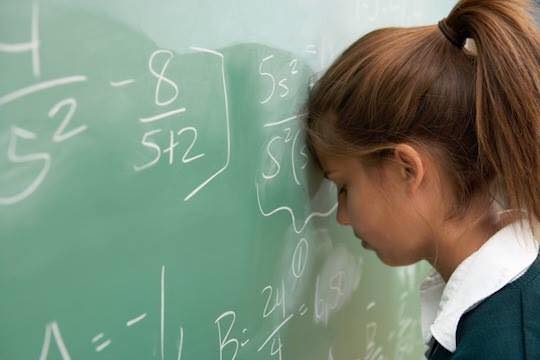Laws of learning are very important in habit formation of learner. Therefore, a behavior can be learned more easily if we apply the two laws, namely: repeating responses they receive rewards you get the maximum learning. Three great learning laws you can use whenever you observe teaching and the process which may be its correlative or take place independently, learning.
Laws of Learning In Educational Psychology With Examples
In educational psychology, the “laws of learning” are fundamental principles that guide how individuals acquire and retain knowledge and skills. While various educational psychologists have proposed different sets of laws, some common themes and principles are widely recognized
1. Law of readiness.
When an individual is ready to respond to an situation, other things being equal, to respond is satisfying and not to make a response is annoying.
a. Waiting for a delayed train.
b. The child ready to eat dinner.
When an individual is not ready to respond to a situation, other things being equal, to respond is annoying and not to make a response is satisfying.
Illustrations :
a. The child not ready to wash his hands.
b. An oral quiz given to an unprepared student.
2. Law of exercise.
The exercise of a modifiable connection between a situation and a response, other things being equal, strengthens that connection.
Illustrations:
a. Rising when a lady enters the room.
b. Washing the hands before eating.
Not to exercise a modifiable connection between a situation and a response, other things being equal, weakens that connection.
Illustrations:
a. Refraining from’ swearing when angered.
b. Child avoiding soiled hands at the table.
We learn to do by doing; “We unlearn by not doing.
Law of effect.
If the effect of the exercise of a modifiable connection between a situation and a response is satisfying, the strength of the connection is increased; if, on the other hand, it is annoying, the strength of the connection is decreased.
Illustrations :
a. Clean hands and food.
b. Soiled hands and hunger.
- Law of Recency: According to this law, the most recently learned information is often the easiest to remember. This is why review and repetition close to the time of need are important in learning processes.
- Law of Intensity: This law states that if the learning experience is real and engaging, it is more likely to be remembered. Vivid, dramatic, or exciting learning experiences tend to be more memorable than mundane ones.
- Law of Association: This principle is based on the idea that new knowledge and skills are more easily acquired when they can be related to something the learner already knows or has experienced.
- Law of Transfer: This law refers to the ability to apply learned skills or knowledge in new situations. The more similar the new situation is to the original learning context, the more likely transfer will occur.
You Must Know What Are The Processes of Learning With Laws of Learning
Habit is thus a second nature, or rather, as the Duke of Wellington said, it is “ten times nature,” — at any rate as regards its importance in adult life; for the acquired habits of our training have by that time inhibited or strangled most of the natural impulsive tendencies which were originally there. Ninety-nine hundredths or, possibly, nine hundred and ninety-nine thousandths of our activity is purely automatic and habitual, from our rising in the morning to our lying down each night. Our dressing and undressing, our eating and drinking, our greetings and partings, our hat-raising and giving way for ladies to precede, nay, even most of the forms of our common speech, are things of a type so fixed by repetition as almost to be classed as reflex actions. To each sort of impression we have an automatic, ready-made response.
So far as we are thus mere bundles of habit, we are stereotyped creatures, imitators and copiers of our past selves. And since this, under any circumstances, is what we always tend to become, it follows first of all that the teacher’s prime concern should be to ingrain into the pupil that assortment of habits that shall be most useful to him throughout life. Education is for behavior, and habits are the stuff of which behavior consists.
The great thing in all education is to make our nervous system our ally instead of our enemy. It is to fund and capitalize our acquisitions, and live at ease upon the interest of the fund. For this we must make automatic and habitual, as early as possible, as many useful actions as we can, and as carefully guard against the growing into ways that are likely to be disadvantageous. The more of the details of our daily life we can hand over to the effortless custody of automatism, the more our higher powers of mind will be set free for their own proper work.
The Laws of Learning are fundamental principles that are useful for teachers and learners to understand and apply. Let’s create a simple table with three columns: the Law, its Description, and Practical Application.
